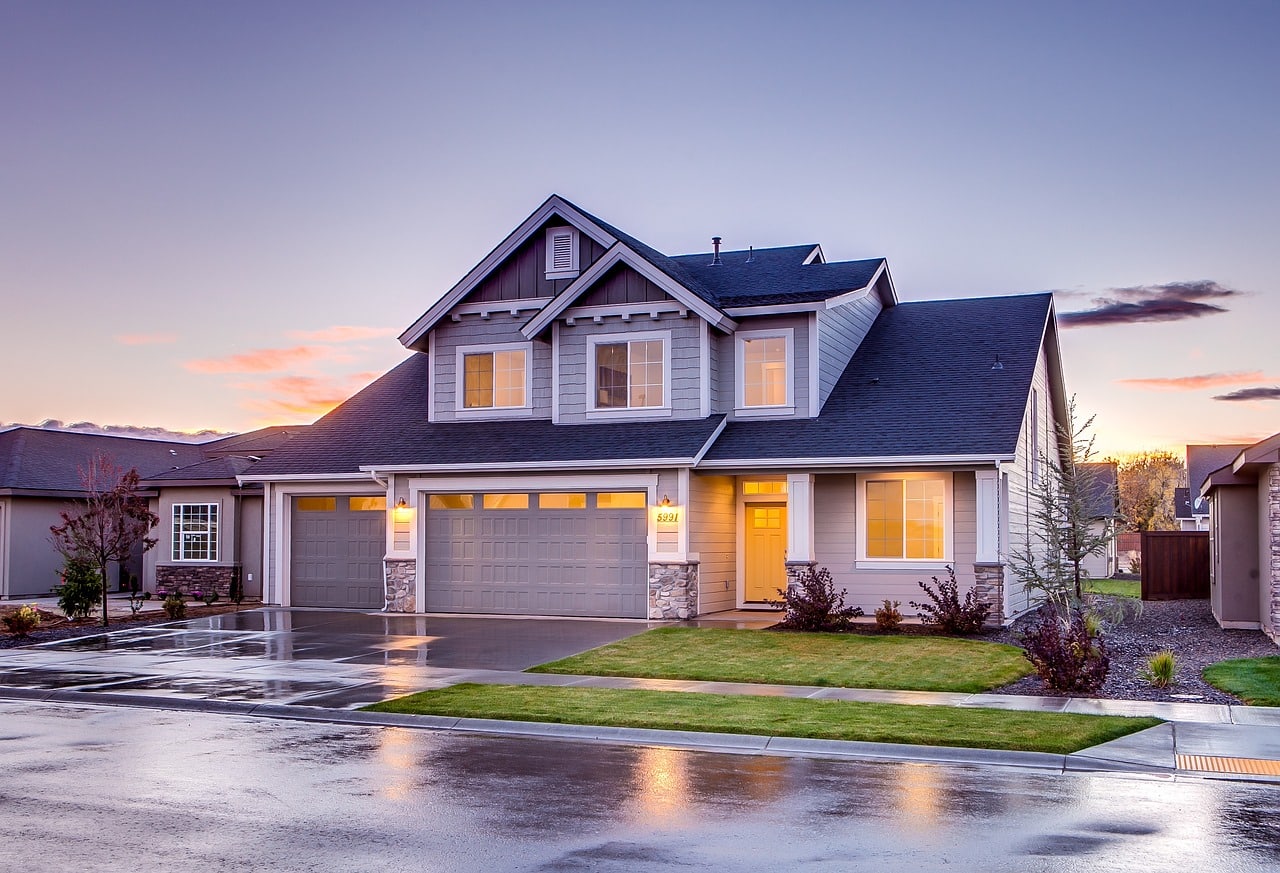10 Common Misconceptions About Minnesota Landlord Tenant Law – Guest Post

Minnesota landlord-tenant law can be a complex and confusing topic for both landlords and tenants alike. Unfortunately, there are many misconceptions about this area of law that can lead to misunderstandings and legal problems. In this article, we will explore ten common misconceptions about Minnesota landlord-tenant law and provide accurate information to help landlords and tenants better understand their rights and obligations. From evictions to security deposits, we’ll set the record straight on these important legal issues. By gaining a clearer understanding of landlord-tenant law in Minnesota, both landlords and tenants can avoid legal disputes and ensure a positive rental experience.
Misconception #1: Landlords can evict tenants at any time for any reason.
One of the biggest misconceptions about Minnesota landlord-tenant law is that landlords can evict tenants at any time for any reason. This is not true. Landlords can only evict tenants for specific reasons, such as non-payment of rent or violation of the lease agreement. Landlords cannot evict tenants for reasons such as race, religion, or gender.
Misconception #2: Landlords can keep security deposits for any reason.
Another common misconception is that landlords can keep security deposits for any reason. In fact, landlords can only keep security deposits for specific reasons, such as unpaid rent or damages to the rental property. Landlords must also provide tenants with a written explanation of why the security deposit was withheld.
Misconception #3: Tenants can withhold rent for any reason.
Some tenants believe that they can withhold rent for any reason, such as if the landlord doesn’t fix a leaky faucet or if they are unhappy with the condition of the rental property. In reality, tenants can only withhold rent if the landlord fails to make necessary repairs that affect the health and safety of the tenant or if the landlord violates the lease agreement.
Misconception #4: Landlords can enter the rental property whenever they want.
Landlords cannot enter the rental property whenever they want. They must provide tenants with reasonable notice before entering the property, and they can only enter the property for specific reasons, such as to make repairs or show the property to prospective tenants.
Misconception #5: Landlords don’t have to maintain the rental property.
Some landlords believe that they don’t have to maintain the rental property and that tenants are responsible for any repairs or maintenance. However, landlords are responsible for maintaining the rental property and ensuring that it is safe and habitable for tenants.
Misconception #6: Tenants are responsible for all repairs.
Similarly, some tenants believe that they are responsible for all repairs to the rental property. In reality, tenants are responsible for minor repairs and maintenance, but landlords are responsible for major repairs and maintenance.
Misconception #7: Landlords can charge whatever they want for rent.
One of the most common misconceptions about Minnesota landlord-tenant law is that landlords can charge whatever they want for rent. However, this is not true. Rent must be reasonable and based on the fair market value of similar rental properties in the area. Failure to adhere to these guidelines could lead to legal problems for landlords. It’s important for both landlords and tenants to understand their rights and obligations under Minnesota law.
Misconception #8: Tenants can sublet the rental property without permission.
Many tenants in Minnesota believe that they can sublet their rental property without obtaining permission from their landlord. However, this is a common misconception. According to Minnesota law, renters cannot sublease their rental property without the landlord’s written permission. Failure to obtain permission could lead to legal problems for both the tenant and the landlord. It’s important for tenants to understand their rights and obligations under Minnesota landlord-tenant law.
Misconception #9: Landlords can discriminate against tenants.
Landlords cannot discriminate against tenants based on race, religion, gender, or other protected characteristics. This includes using unfair advertising practices while promoting rental homes.
Misconception #10: Landlords can use self-help to evict tenants.
Finally, some landlords believe that they can use self-help to evict tenants, such as changing the locks or shutting off utilities. This is illegal in Minnesota, and landlords must go through the legal eviction process to remove a tenant from the rental property.
Conclusion
Understanding Minnesota landlord-tenant law is essential for both landlords and tenants to ensure a positive and fair rental experience. By addressing these common misconceptions, we hope to provide clarity and promote better communication between landlords and tenants. Remember that landlords and tenants have specific rights and obligations under Minnesota law, and it’s important to consult with legal professionals or experts in the field when in doubt. By working together and adhering to the law, landlords and tenants can maintain a positive and successful rental relationship.


Recent Comments